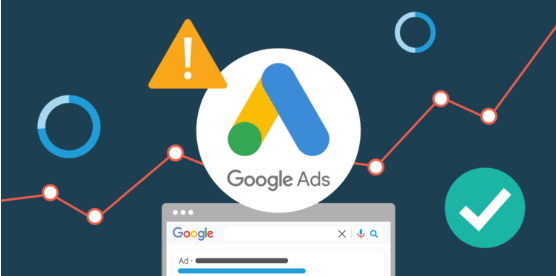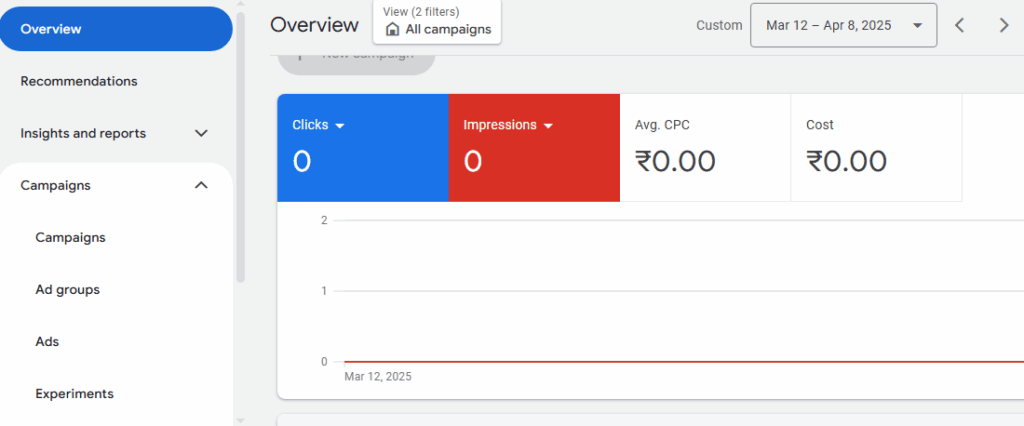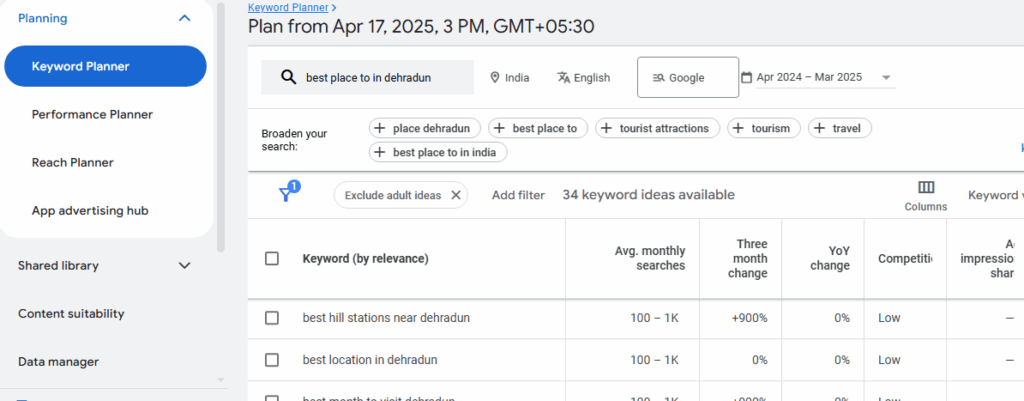How to Improve Your Google Ads Quality Score, When it comes to running successful pay-per-click (PPC) campaigns with Google Ads, one of the most important factors that can determine your results is the Quality Score. Many advertisers focus solely on bids and budgets, but neglecting your Quality Score can lead to inefficient spending and poor ad performance. In this article, we’ll dive deep into what Quality Score is, why it matters, and how to improve it effectively.

What is Google Ads Quality Score?
Google’s Quality Score is a metric that ranges from 1 to 10, and it evaluates the quality and relevance of your ads, keywords, and landing pages. This score directly influences how your Google ads ranks in the auction process and how much you pay per click.
The Quality Score is based on three main components:
- Expected Click-Through Rate (CTR) – How likely it is that someone will click your ad.
- Ad Relevance – How closely your ad matches the searcher’s intent and keyword.
- Landing Page Experience – The quality and relevance of the page users land on after clicking your ad.
Each component is rated as “Above average,” “Average,” or “Below average,” and together they form your overall score.
Why Does Quality Score Matter?
Improving your Quality Score offers several key benefits:
- Lower Cost-Per-Click (CPC): Higher scores reduce how much you pay for each click.
- Better Ad Position: Ads with higher Quality Scores are more likely to appear in top positions.
- Improved ROI: More efficient spending means better returns on your ad investment.
Higher Impression Share: With better scores, your Google ads will show more often and to a more relevant audience.

1. Improve Expected Click-Through Rate (CTR)
CTR is a strong indicator of how well your ad resonates with users. If people are clicking your Google ads more often, Google sees it as useful and rewards you with a better Quality Score.
Tips to improve CTR:
- Write compelling headlines: Use numbers, emotional triggers, or questions to spark curiosity.
- Incorporate your keywords: Highlighting the user’s search terms in your ad makes it more relevant.
- Add clear calls to action (CTAs): Phrases like “Get a Free Quote,” “Shop Now,” or “Try It Today” guide users on what to do next.
- Test different variations: A/B testing different versions of your ads helps identify which ones get the most clicks.
Example: Instead of saying “Best Marketing Services,” try “Get Expert Marketing Services – 20% Off Today!”
2. Increase Ad Relevance (How to Improve Your Google Ads Quality Score)
Ad relevance measures how closely your ad copy matches the intent behind the user’s search. Low relevance usually comes from broad or unfocused ad groups.
How to improve ad relevance:
- Use tightly themed ad groups: Group keywords by specific themes or products, and tailor your ads to each group.
- Use dynamic keyword insertion (DKI): This feature automatically inserts the user’s search term into your Google ads, making it more specific.
- Align ad copy with keywords: Make sure the main keyword appears in the ad headline, description, and even in the display URL.
The key is to make your Google ads feel like a direct answer to the user’s search query.
3. Optimize Landing Page Experience
Your ad is just the first part of the journey—your landing page must deliver on the promise of the ad. Google wants users to have a smooth and relevant experience after clicking.
Best practices for landing page optimization:
- Ensure page relevance: The content on the landing page should match the keyword and ad messaging.
- Improve load speed: Slow-loading pages frustrate users and lower your score. Use tools like Google PageSpeed Insights to find issues.
- Mobile-friendliness: With mobile searches dominating, your site must be easy to use on all devices.
- Clear CTAs and navigation: Make it easy for users to understand what to do next (e.g., fill out a form, make a purchase).
- Include trust signals: Testimonials, reviews, and secure checkout icons can increase user trust and engagement.
4. Use Relevant and Targeted Keywords
Your entire campaign should be built around carefully chosen keywords. Broad or irrelevant keywords reduce CTR and relevance, dragging down your Quality Score.

Tips for effective keyword use:
- Conduct thorough keyword research: Use tools like Google Keyword Planner, SEMrush, or Ahrefs to find high-intent, relevant keywords.
- Match types wisely: Use a mix of broad match, phrase match, and exact match to control how your ads are triggered.
- Add negative keywords: Prevent your ads from showing on irrelevant searches to protect CTR and budget.
Example: If you sell “custom t-shirts,” you might want to exclude terms like “free t-shirts” or “DIY t-shirts” if they don’t align with your offering.
5. Take Advantage of Ad Extensions
Ad extensions add extra information to your ads and can significantly improve CTR by giving users more reasons to click.
Types of useful ad extensions:
- Sitelinks: Direct users to specific pages (e.g., “About Us,” “Pricing,” “Contact”).
- Callouts: Highlight features or benefits (e.g., “24/7 Support,” “Free Shipping”).
- Structured snippets: Showcase types of services or products.
- Call extensions: Add a clickable phone number.
- Location extensions: Help users find your physical location.
6. Regularly Monitor and Optimize
Improving your Quality Score isn’t a one-time task—it’s an ongoing process of How to Improve Your Google Ads Quality Score.
Things you should regularly do:
- Review performance metrics: Use Google Ads reports to identify which keywords or ads are underperforming.
- Pause or revise low-score keywords: Focus on improving or removing those dragging your score down.
- Test new ad copy: Try different styles, CTAs, or keyword placements.
- Update landing pages: Keep your content fresh, relevant, and aligned with current user behavior.
Final Thoughts
Your Google Ads Quality Score is one of the most important levers in running a cost-effective and successful advertising campaign. By focusing on relevance, user experience, and ongoing optimization, you can steadily increase your scores and maximize your ad performance.
Remember: a high Quality Score isn’t just about saving money—it’s about showing up for the right audience, with the right message, at the right time. Take the time to align your ads, keywords, and landing pages, and you’ll be rewarded with better results and more efficient spending.
